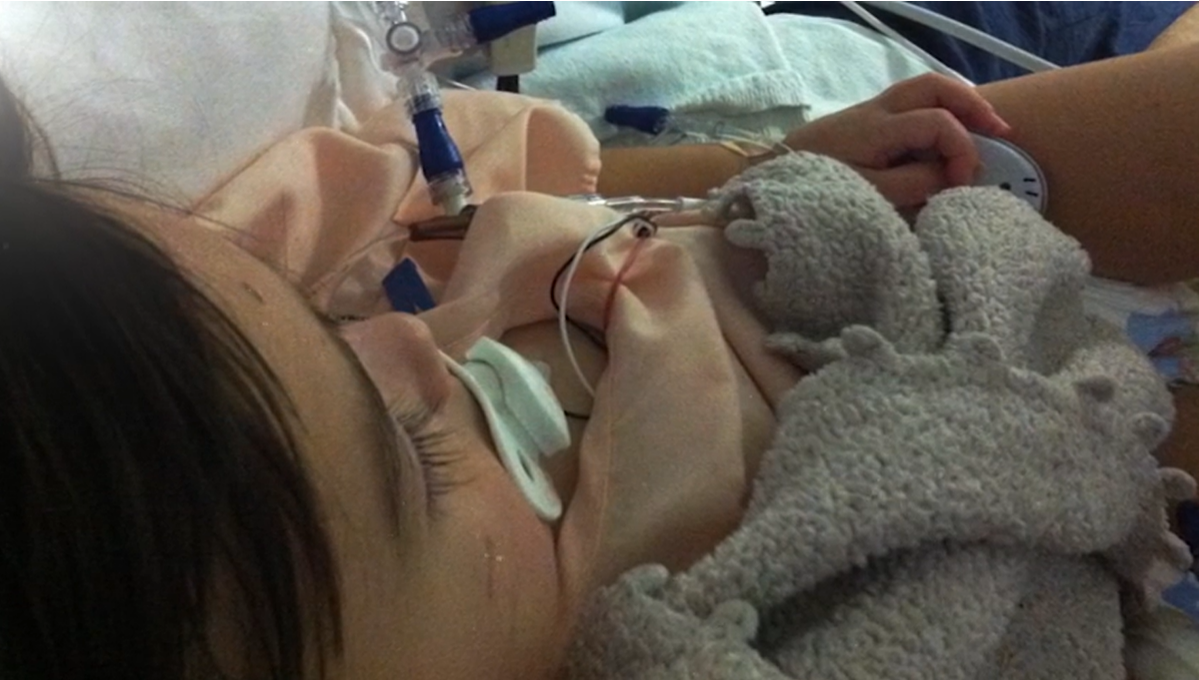Isabel Hurtando was in shape, active and an avid runner. The 48-year-old was out for her usual morning jog back in September when she realized something wasn’t right.
“I was running in the morning at 6 a.m. and I felt a little dizzy after about a mile of running," Hurtado recalled. "I sat on the floor thinking it was going to be something simple and it was going to go away, but I couldn’t move my right side or my left arm. I couldn’t talk."
Hurtado was having a stroke. Thankfully her neighbor found her in distress and contacted paramedics right away.
“I got to the hospital around 6:15 and by 7 a.m., I already had the surgery and they took it out, and I was already being able to move and talk,” Hurtado said.
Get South Florida local news, weather forecasts and entertainment stories to your inbox. Sign up for NBC South Florida newsletters.
She was brought to Memorial Hospital West, where the expert stroke team at Memorial Neuroscience Institute quickly performed an innovative procedure called endovascular thrombectomy or EVT.
“Over the last five to seven years, we have this procedure called thrombectomy, which basically is a procedure where we go in and take out the clot from the brain and it allows you to have a meaningful survival,” said Dr. Norman Ajiboye, a neurointerventional surgeon and medical director of Stroke Programs at Memorial Neuroscience Institute.
After a few days in the hospital, Hurtado has recovered and is back in stride running again.
Health
“I’m very happy with the work that they did and I’m glad that I’m here. I thank God for being here,” Hurtado said.
Daniel Steuber is another survivor who had a stroke last year.
“I went out on the back patio to smoke my normal cigarette, and as I was smoking my cigarette, suddenly my right arm wouldn’t lift up anymore,” Steuber said.
The 65-year-old couldn’t speak clearly or get up, so his wife called 911 and he immediately underwent surgery at the hospital.
“When I came out of the operating room, my wife was standing outside, and I raised my arms up in the air and said I’m good. It was immediate,” Steuber said.
According to the American Heart Association, strokes were the second leading cause of death for Americans in 2020. Some prevention tips include maintaining a healthy weight, exercising, monitoring your blood pressure and blood sugar levels and staying away from tobacco products.
It’s also important to know what signs to look out for when it comes to strokes.
“The signs of strokes is represented by the acronym BE FAST," Dr. Ajiboye said.
- B for balance or loss of balance
- E for eye problems or loss of vision
- F for facial drooping
- A for arm or leg weakness
- S for speech abnormality
- T time to call 911
'Because time is brain and time lost is brain lost,” Dr. Ajiboye said.
More information on Memorial Neuroscience Institute can be found here.



